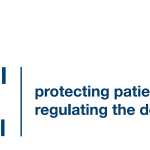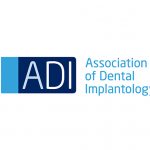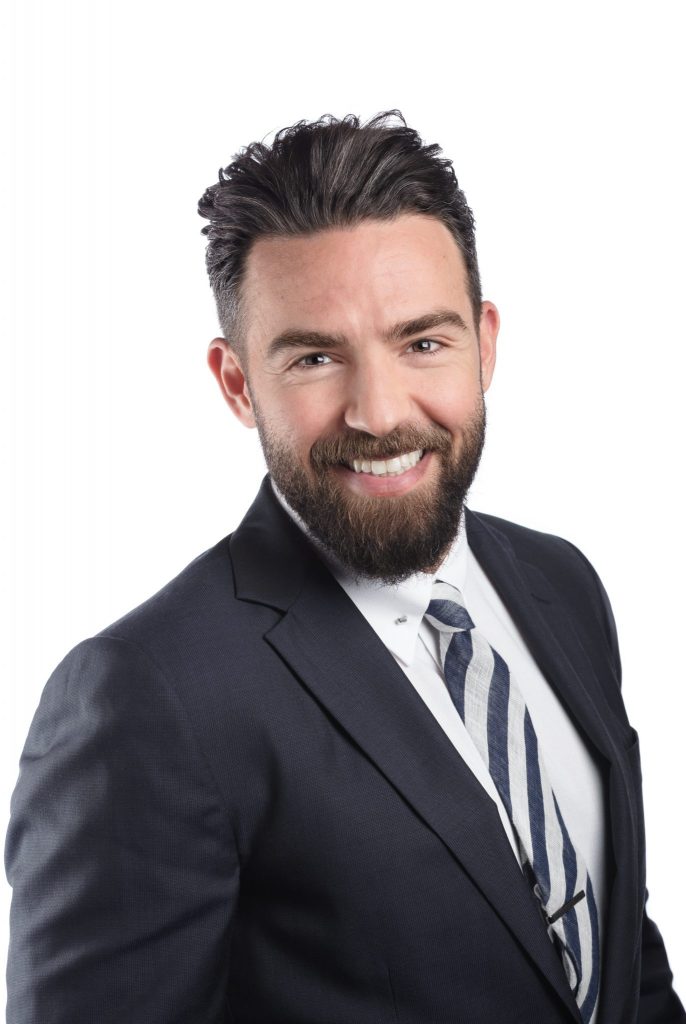When buying a new dental practice or property, finding the best rates and deals are all part and parcel of ensuring that the purchase is the right one – but have you considered other aspects such as life assurance?
Many people take out life assurance as part of their mortgages on personal or business properties, but it’s rare for people to really look into what policy is best for them and find one that can really benefit their family or their practice if the unspeakable should happen.
How does life assurance work?
Essentially, life assurance is a policy provided by a life assurance company that can either pay out one lump sum or a series of payments in the event of your death. These payments are usually exempt from income tax and in many instances are tax free, allowing those who receive them to have a large amount of workable capital that can then be invested into keeping a business, or indeed a family, afloat.
However, there are four different types of life assurance available, and these are worth exploring if you want to optimise the pay out received and safeguard your personal life and practice.
Four ways to protect yourself
The first type of life assurance that companies provide is Term Assurance. The most widely available and affordable type of cover, this type of assurance pays out a lump sum if you should die within the term of the policy. If you are still alive when the policy comes to an end, you will not receive any money, and will therefore need to take out another Term Assurance or explore other life assurance alternatives if you think that these will benefit you more.
The second type of life assurance is more focused towards families, and this is called Family Income Assurance. This type of policy differs from Term Assurance in that it can either pay out a cash sum or provide a regular income for your dependents should you decease during the term of the agreement. The income option is only claimable during the term of the policy, and therefore it’s up to your dependents to decide which is the better option. If the policy only has a short term left it is a sensible choice to then choose the lump sum, whereas if the policy has a long time left a regular income may be more convenient and help your dependents manage their affairs better.
The third type of cover is called Whole-Of-Life Assurance. This is a more unique type of protection, and policies in this category are designed to pay out at the time of your death regardless of when this occurs, as these typically do not have an end term. Therefore, should you pass over to the other side your estate is guaranteed to receive a lump sum.
The fourth type of life assurance is called Endowment Assurance. This differs from the other types of life assurance as not only will a lump sum be paid out if you die during the term of the agreement, but you may also receive a cash pay out if you survive until the agreement closes too. This pay out is typically known as the maturity value of the agreement. However, as these types of policies have elements of investment in them, they usually require much higher premiums, meaning that they may not be viable for some individuals.
Not so straightforward
Of course, even under these different types of policies certain aspects will vary. Policies may be paid annually or monthly depending on the initial agreement, and the amount needed to maintain your assurance can differ greatly.
The company you choose is likely to affect how much these monthly or annual policies are, and alongside this the company may also alter the payment amounts depending on certain factors. These can include things such as your current health, your age, and your medical history. Whether the premiums are guaranteed or reviewable will also make a difference, so it’s worth exploring these with prospective life assurance providers so that you can understand what you will be paying, and for what return.
To make matters even more complicated, you may also want to put your life assurance policy into a Trust. This means that when you die the money invested into your policy may be able to sidestep measures such as Inheritance Tax. Though this may not be suitable for everyone, it’s certainly something worth considering.
As life assurance can be such a complex maze to navigate, it makes sense to receive help from professionals who can guide you through the options to find one that suits you best. The Independent Financial Advisers at money4dentists are a particularly good choice as they not only have years of experience and a deep understanding of the dental profession, but also will work with you every step of the way to ensure you always have a policy that will suit you best.
Keep the future secure
Although it’s not something we like to think about, it’s always good to have measures in place to protect the lifestyle of your family as well as your business. By taking the time to explore the available life assurance options and finding one that suits you, you can safeguard the future for those who will be left behind.
For more information please call 0845 345 5060 or 0754DENTIST.
Email info@money4dentists.comor visit www.money4dentists.com























